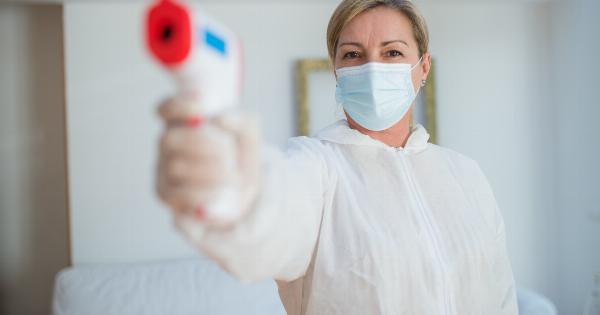Every year, millions of women across the world undergo mammography, a diagnostic imaging procedure that detects the presence of breast cancer.
It is a low-risk, safe, and painless procedure that can detect breast cancer early, leading to successful treatment outcomes. Mammography is considered as the gold standard for breast cancer screening, and it plays an essential role in maintaining women’s health. Here is a detailed insight into why mammography is crucial for women’s health.
Early Detection of Breast Cancer
Early detection is the key to successful breast cancer treatment. Mammography can detect breast cancer even before any physical symptoms are visible.
As the cancer cells grow, tiny calcium deposits known as micro-calcifications can form in the breast tissue. These deposits appear as white spots on the X-ray image, which can alert medical professionals to the potential presence of cancer.
Early identification of breast cancer can help women receive timely and appropriate medical intervention, leading to a better health outcome.
Regular Screening
Mammography is recommended for women starting at age 40, followed by regular screenings every one to two years. Regular screenings can help detect breast cancer early, providing more effective treatment options and improving survival rates.
Early detection increases the likelihood of successful treatment, as smaller tumors are generally easier to treat.
Reduced Mortality Rates
Studies have shown that mammography can significantly reduce breast cancer mortality rates. Early detection allows for more effective treatment options and can prevent cancer from spreading to other areas of the body.
In fact, studies have found that regular mammography screening can reduce breast cancer mortality by up to 40 percent. Therefore, mammography is not just a tool for detecting breast cancer, but also a potentially life-saving diagnostic imaging procedure for women.
Mammography is Safe and Painless
Mammography is a safe and painless procedure that exposes the breast tissue to a small amount of ionizing radiation. Experts agree that the benefits of mammography far outweigh its risks.
Additionally, modern mammography equipment uses digital technology, which reduces the required radiation dose and improves the accuracy of the test results. The entire process of mammography takes only a few minutes and causes minimal discomfort.
High Accuracy Rates
Mammography has a high accuracy rate in detecting breast cancer. The accuracy of mammography depends on various factors, including the patient’s age, breast density, and the skill of the radiologist conducting the procedure.
Regular mammography screening helps to detect abnormalities in the breast tissue early, allowing for additional testing and diagnosis if required. Studies show that mammography can detect up to 85 percent of breast cancers, providing women with the confidence and peace of mind they need.
Other Detection Methods Are Not Enough
Although there are various non-invasive methods for detecting breast cancer, none of them are as effective as mammography. Self-examinations are an essential tool for detecting abnormalities, but they are not sufficient.
Breast cancer can grow undetected for years, which is why mammography is essential. Other diagnostic imaging procedures such as ultrasound and MRI can be useful in identifying suspicious areas in the breast tissue. However, mammography remains the most effective method of breast cancer screening.
Conclusion
Mammography is an essential diagnostic imaging procedure for maintaining women’s health. It is a safe and effective tool for detecting breast cancer early, as well as reducing the mortality rate by up to 40 percent.
Early detection can increase the likelihood of successful treatment, leading to better health outcomes. Therefore, regular mammography screening is strongly recommended for women over the age of 40.
With modern advancements in technology, the accuracy and safety of mammography continue to improve, making it a crucial tool in the fight against breast cancer.



























